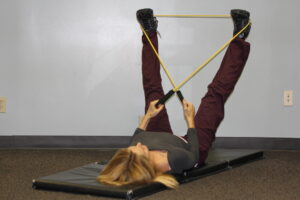Envision a back workout that not only sculpts and strengthens your dorsal muscles but does so with an emphasis on control, precision, and an incredible range of motion. Cables are the unsung heroes of the weight room when it comes to back exercises. Far removed from the simplicity (or restrictions) of traditional barbells and dumbbells, cable machines offer a unique environment for building a formidable back. In this comprehensive guide of “Back Workouts Using Cables,” we’ll cover the numerous advantages of cable exercises for the back and look at a few essential workouts that can become a staple in your back-training routine.
The Importance of Back Workouts and the Benefits of Cables
Before we get into the nitty-gritty of cable back workouts, it’s important to understand the significance of back training for overall fitness. Your back muscles, especially the latissimus dorsi, play a critical role in almost every upper body movement, from pulling and lifting to even breathing. A well-developed back not only contributes to a sculpted physique but also to functional strength and injury prevention.
Why Choose Cables?
Cables offer a constant tension, smooth movement, and a variety of angles that are often hard to replicate with free weights. The continuous resistance makes them excellent for muscle endurance and allows for more controlled movements, imperative for mind-muscle connection. Unlike gravity-dependent free weights, cables provide tension throughout the entire range of motion, ensuring no part of the movement is wasted. This makes them not only more effective but safer for those with back-related issues or beginners who are still honing their form.

Strength comes from pushing your limits, but true power is found in the resilience of your back.
Cable Exercises for Back
Cable Row
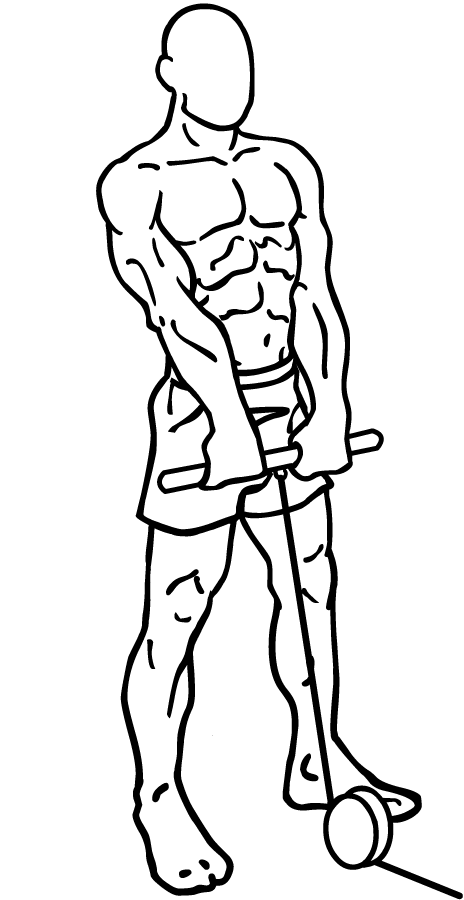
The cable row is a fundamental exercise that targets the middle back, reinforcing the importance of scapular retraction and control. To execute, sit at a low cable row machine with a V-bar attachment. Keep your back straight, chest up, and pull the handles towards your abdomen. Focus on using your back muscles rather than your arms to perform the pulling motion. This exercise not only works the latissimus dorsi but also engages the rhomboids and traps for comprehensive back development.
How to Perform Cable Rows for Your Back Workout:
- Set the cable machine with a straight bar or V-shaped handle.
- Sit down and place your feet against the machine’s footrests.
- Grasp the handle and pull towards your torso, retracting your shoulder blades for a full contraction.
- Slowly extend your arms, maintaining tension on the cable throughout.
Lat Pulldown
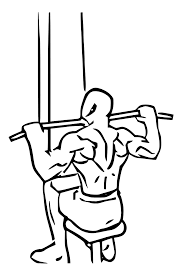
Another key exercise for back development is the lat pulldown, which primarily targets the wide latissimus dorsi muscles, giving the back that desired V-shape. Sit down at a lat pulldown machine, selecting a wide bar attachment. Grip the bar wider than shoulder-width, lean back slightly, and pull the bar down to your chest level. Ensure to drive the movement with your lats, keeping your elbows pointed straight down as you pull.
Step by Step Guide for Lat Pulldowns Using Cables:
- Attach a lat bar to the cable and sit down on the machine seat, adjusting the knee pad if available.
- Grasp the bar with an overhand grip, slightly wider than shoulder-width apart.
- Pull the bar down in front of you towards your chest, keeping your body still and your chest up.
- Control the bar back up, fully stretching the lats before the next repetition.
Straight Arm Pulldown
The straight arm pulldown is excellent for isolating the lats without the involvement of the biceps. Stand in front of a high cable machine with a bar attachment. Keeping your arms straight, pull the bar down to your thighs by contracting your lat muscles. Keep your core tight and your back straight throughout the movement. This exercise emphasizes the stretch and peak contraction of the lat muscles, contributing to both width and detail in the back.
Technique for Straight Arm Pulldowns on the Cable Machine:
- Attach a straight bar to a high pulley and grip it with an overhand grip.
- Stand with your feet shoulder-width apart and your back straight.
- Keeping your arms straight, pull the bar down in front of you towards your hips.
- Raise the bar back up, leading with your elbows to stretch the lats.
Seated Cable Rows
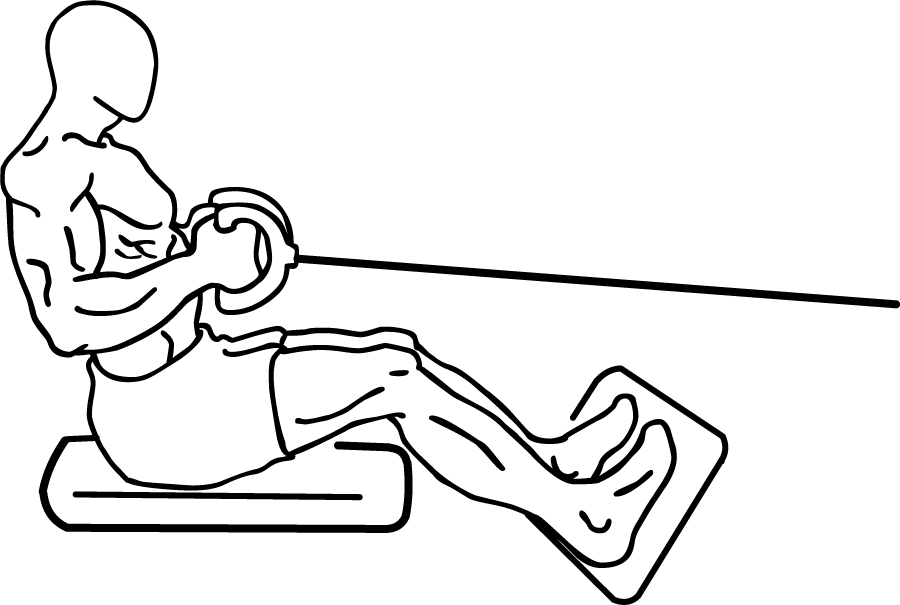
Seated cable rows offer a variation to the standing cable row, providing support for those with lower back issues while still targeting the same muscle groups. Sit on a bench in front of a low pulley machine and grasp the handles with an overhand grip. Keep your chest up, back straight, and pull the handles towards your abdomen until your elbows are fully bent. Slowly extend your arms back out, keeping tension on the cables throughout. This exercise is an excellent finisher for back workouts, targeting the lower lats and reinforcing proper form.
Mastering the Seated Cable Row Technique:
- Attach a V-bar to the cable machine and sit down on the rowing platform with your knees slightly bent.
- Grip the handle with both hands and keep your back straight.
- Pull the handle towards your torso, leading with your elbows and squeezing your shoulder blades together.
- Slowly extend the arms to return to the starting position, maintaining control.
Cable Face Pulls
While many back exercises focus on the larger muscles, it’s important not to neglect the smaller, supportive muscles. Cable face pulls target the rear deltoids and rotator cuff, contributing to shoulder stability and proper posture. Set up a cable machine with a rope attachment at eye level. Stand facing the machine, holding onto each end of the rope with an overhand grip.
Cable Face Pulls Form Breakdown:
- Attach a rope to a high pulley and grip it with an overhand grip.
- Stand a few feet back from the machine, leaning slightly back.
- Pull the rope towards your face, flaring your elbows out and squeezing your shoulder blades together.
- Slowly return to the starting position, keeping control of the weight.
Designing Your Cable Back Workout
Now that we’ve covered some of the essential cable exercises for back development, it’s time to put them together into a comprehensive workout. Here’s an example of a beginner-friendly cable back workout:
- Lat Pulldown: 3 sets, 12 reps
- Cable Row: 3 sets, 12 reps
- Straight Arm Pulldown: 3 sets, 10 reps
- Seated Cable Rows: 3 sets, 10 reps
- Reverse Fly: 3 sets, 10 reps
- Face Pulls: 3 sets, 12 reps
Remember to choose a weight that challenges you but allows for proper form and control throughout the movement. As you progress, you can increase the weight or add more sets and reps to continue challenging your back muscles.
Workout Tips
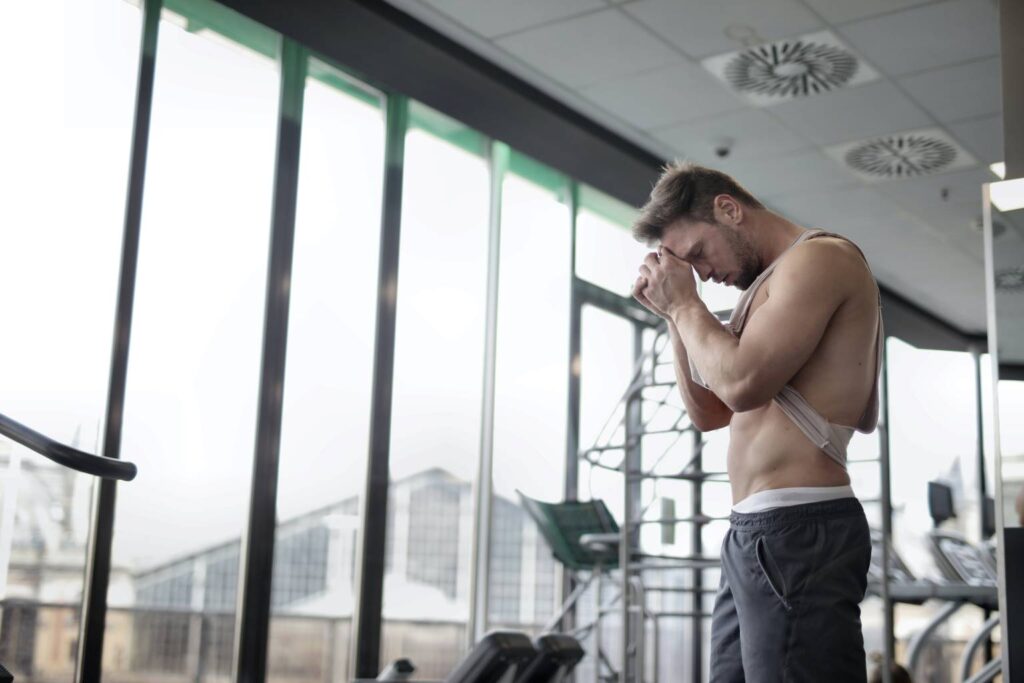
Maximizing the benefits of cable back exercises involves more than just moving the weights. Focus on these tips to take your back training to the next level.
Perfect Your Form and Technique
Form is everything in back training. Incorrect technique can not only reduce the effectiveness of your workout but can also lead to injuries. For each exercise, ensure your back is straight, your chest is up, and you’re leading the movement with the correct muscle group. When in doubt, consult with a trainer or watch instructional videos to perfect your form.
Vary Your Grip
Switch up your grip on cable exercises to target different areas of the back. Wide-grip variations target the lats and contribute to creating that desirable V-shape, while close-grip variations hit the middle and lower back muscles. Play around with different grips and see what works best for your back development.
Incorporate Isolation Exercises
While compound exercises like the lat pulldown and cable row are essential for overall back strength, don’t forget to include isolation exercises like face pulls and reverse flys. These exercises target smaller muscle groups and help improve shoulder stability and posture.
Repetitions and Sets Recommendations
For muscle building (hypertrophy), aim for 3-4 sets of 8-12 repetitions with a moderate weight. For strength, up your weight and lower your reps to 4-6, performing 4-5 sets. In case of endurance, aim for lighter weights and higher reps, 12-15 repetitions per exercise for 3-4 sets.
Don’t Forget to Stretch
Stretching after your workout is crucial to reduce muscle soreness and prevent injury. Target your back muscles with stretches such as the seated lat stretch, shoulder crossover stretch, and standing overhead tricep stretch. Holding each stretch for at least 30 seconds is recommended for optimal results.
Manage Your Rest Periods
The rest between sets is crucial. For muscle building, aim for 60-90 seconds, and for strength-building, you can go up to 2 minutes.
Benefits of Cable Back Workouts
Cables offer a range of unique benefits that can significantly enhance your back workouts, especially when targeting specific muscle groups.
Enhanced Muscle Engagement
The variable resistance of the cables helps engage the target muscles more effectively throughout the entirety of the exercises, leading to potentially greater muscle activation. This can be especially beneficial when working on back muscles that are often challenging to target, such as the lower lats.
Improved Range of Motion
The cable machine’s design allows for a more extensive range of motion compared to other equipment like free weights. This enhanced movement pattern can help improve muscle development and strengthen your back muscles from various angles.
Versatility and Customization
Cable machines provide a wealth of attachments that allow for varying grips, widths, and angles, ensuring different parts of the back can be accentuated in a single session. This versatility allows for more efficient and customized workouts, making it easier to target specific muscle groups for optimal results.
Targeting Specific Muscle Groups
With the right setup, cables allow you to isolate and emphasize specific parts of the back like never before, leading to a more symmetrical and proportional physique. For example, face pulls target the rear deltoids and rotator cuff muscles often neglected in traditional back exercises.
Frequently Asked Questions
For the upper back, cable exercises like lat pulldowns, cable face pulls, and seated cable rows are highly effective. These exercises target the latissimus dorsi, traps, and rhomboids to give you that desired V-taper shape.
While cable exercises are incredibly beneficial, a balanced routine that includes free weights, bodyweight exercises, and even machine exercises can provide a more comprehensive approach to back development.
It’s advisable to work your back muscles at least twice a week, allowing for adequate rest between sessions. Mix in the cable exercises with other back exercises for variety and to ensure all muscle fibres are being hit.
Under proper guidance and within a rehabilitative program, select cable exercises can indeed help with back pain. They can be used to improve muscular strength, which can support the spine and alleviate discomfort. Always consult with a healthcare professional before starting any exercise program, especially when dealing with back-related issues.
You should use a weight that allows you to perform the exercise with proper form and technique. The focus should be on controlled movements and full muscle contraction, especially in the back, which means heavy weights are not always necessary.
Final Words
Integrating cable exercises into your back training regimen opens up a world of possibilities for muscle growth, strength, and injury prevention. By focusing on exercises that promote controlled contractions and full range of motion, you can sculpt a powerful and well-balanced back that complements your overall physique. Whether you’re a fitness enthusiast, bodybuilder, or a beginner looking to invigorate your workouts, these cable back exercises are a must-try.





